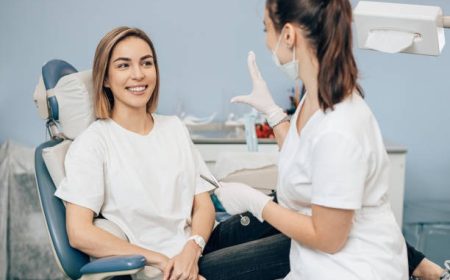Boarding your pet can be an anxiety-inducing experience for both you and your furry friend. Ensuring their safety and comfort is paramount to giving you peace of mind while you’re away. Follow these steps to make the process smoother and more reassuring.
Step 1: Research Thoroughly
When looking for a boarding facility, start by doing your homework. A good first step is to read online reviews and ask for recommendations from friends, family, or your veterinarian. Knowing others’ experiences can give you a clearer picture of what to expect.
A facility’s website can also provide valuable insights into its services, staff qualifications, and overall environment. But nothing beats a personal visit. Schedule a tour to see firsthand the kind of care and accommodation your pet will receive. Look for a clean, well-maintained environment with separate areas for cats and dogs to minimize stress.
Step 2: Check Credentials
Before settling on a boarding facility, it’s crucial to verify that they have the necessary licenses and employ trained staff. Licenses indicate that the facility adheres to local regulations and maintains certain standards of care.
When checking credentials for cat & dog boarding in Austell, GA, make sure relevant local or national bodies accredit the facility. Accredited facilities are more likely to follow rigorous guidelines and regular inspections.
Step 3: Visit the Facility
Seeing is believing. A visit to the boarding facility allows you to assess its security measures, cleanliness, and overall environment. Look for well-maintained spaces, appropriate lighting, and firmly in place safety protocols.
Discuss with the staff how they handle different pets, particularly if you have both cats and dogs. Facilities that provide separate living areas for different animals often help reduce anxiety and improve the overall well-being of your pet during their stay.
Step 4: Update Vaccinations
Health and safety regulations require that pets are up to date on vaccinations to prevent the spread of diseases. Most boarding facilities will ask for proof of vaccinations, so it’s best to schedule a vet visit before boarding your pet.
Vaccination records should include essential vaccines like rabies, distemper, and parvovirus for dogs and FVRCP and rabies for cats. Keeping these up to date not only protects your pet but also helps ensure the health of other boarded animals.
Step 5: Provide a Comfort Item
Being away from home can be stressful for your pet. Providing a comfort item, such as a favorite toy, blanket, or even a piece of clothing that smells like you, can help alleviate some of this anxiety. Familiar objects can have a calming effect on pets, making them feel more secure in an unfamiliar environment.
Place these items inside their boarding area to provide some semblance of home. Most boarding facilities will allow personal items as long as they don’t pose any risk to the pet’s safety.
Step 6: Communicate Special Needs
Every pet has unique needs and quirks. Whether it’s specific dietary requirements, medication schedules, or behavioral traits, make sure to communicate these clearly to the boarding staff. It’s best to provide written instructions to ensure nothing is overlooked.
Discuss your pet’s daily routines, any medical conditions they may have, and how these should be managed. Transparency about your pet’s needs increases the chances of a smooth and happy boarding experience for both you and your pet.
Step 7: Don’t Overlook Dental Care
Just like humans, pets need regular dental care to prevent oral diseases that can lead to more severe health issues. Before boarding your pet, consider scheduling a vet dentistry appointment to ensure their teeth and gums are in good shape.
Why It Matters:
Oral health problems, such as gum disease or tooth decay, can cause significant discomfort and lead to eating difficulties. These issues may go unnoticed in a boarding facility, as pets often hide their pain. Regular dental check-ups ensure that any potential issues are identified and treated beforehand.
What to Expect:
A comprehensive dental check-up involves a thorough examination of your pet’s mouth, teeth cleaning, and, if necessary, X-rays to detect underlying issues. By keeping your pet’s oral health in optimal condition, you minimize the risk of complications during their stay.
Take Action:
Ask your veterinarian for advice on maintaining your pet’s dental health between visits. Simple practices like providing dental treats, appropriate chew toys, and brushing your pet’s teeth can make a significant difference. Good oral hygiene will help keep your pet happy and comfortable, ensuring they can enjoy their time at the boarding facility.
To learn more about comprehensive dental care for your pet, visit https://www.bullardanimalhospital.com/site/veterinary-services-austell/dentistry.
Step 8: Share Emergency Contacts
Provide the boarding facility with your contact information and at least one alternative contact. This could be a friend or relative who knows your pet. It’s also a good idea to leave your veterinarian’s contact details.
Discuss emergency protocols with the facility staff to understand how they handle unexpected situations. Make sure to know where the nearest emergency veterinary care services are located, even when your pet is in boarding; see more info on the facility’s website or informational brochures.
Final Thoughts
By following these steps, you can help ensure that your pet remains happy and healthy while you’re away. For more peace of mind, consider visiting our recommended facilities or consulting your vet about the best options for your pet.








